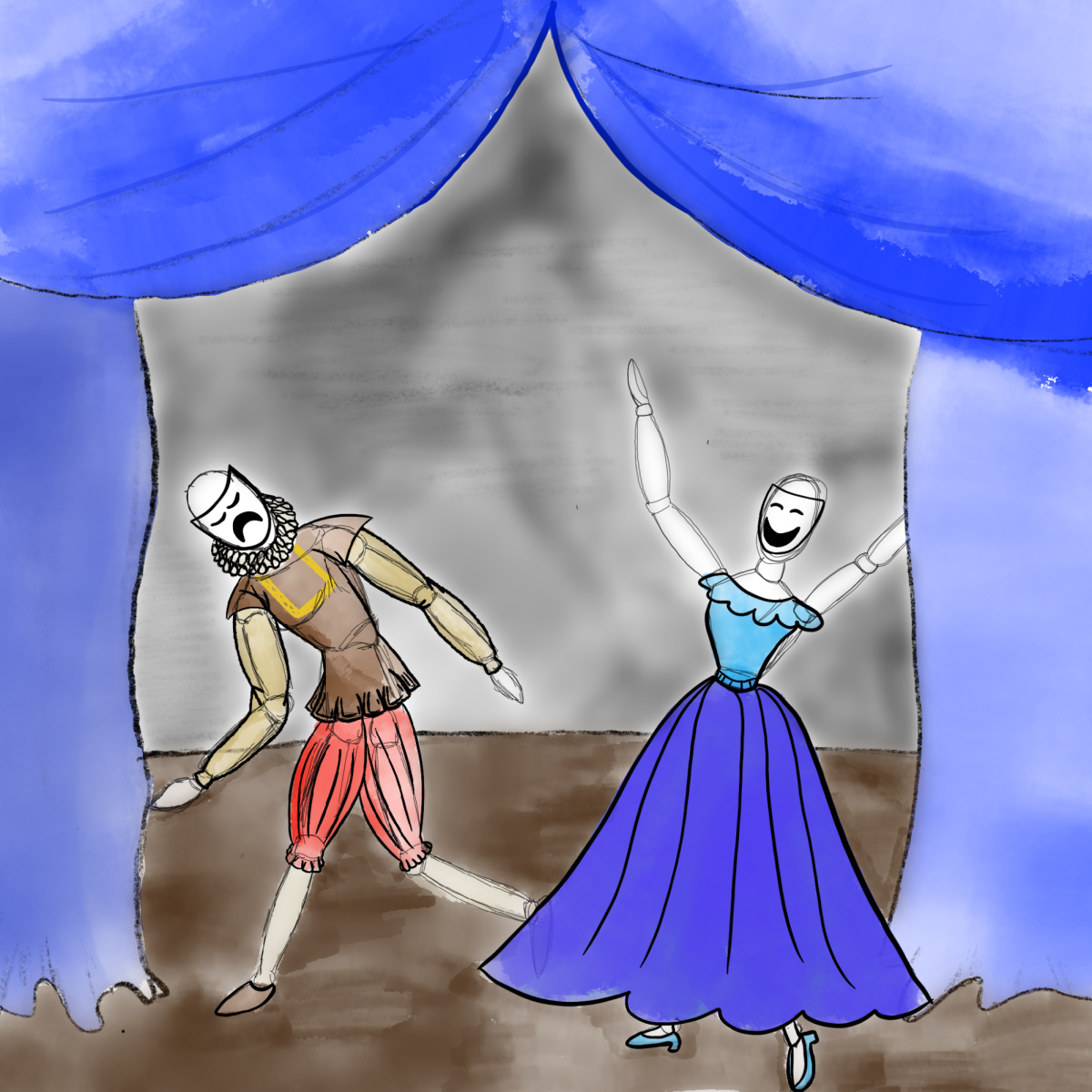At this moment, the comet ISON is barreling through the solar system on its path toward a close encounter with the sun. In the amount of time it takes to read this sentence, the comet will have traveled more than 338 miles.
Optimistic astronomers expect ISON to be a brilliant display from Earth, possibly outshining the moon when it reaches its closest point to the sun Nov. 28. Other scientists think the comet will be little more than a dud as it suffers disintegration from solar wind and radiation.
As ISON moves closer to the sun, the effects of solar radiation and wind help the comet shine brighter as ice changes from an icy solid into gas due to the almost nonexistent pressure in the vacuum of space. But the sun also poses a threat to the sun-grazing comet that may not survive its journey through our solar system.
ISON leaves behind a dust trail in its path, which intersects Earth’s elliptical orbit and may appear as a meteor shower from the ground in mid-January. If ISON successfully passes the sun to make its way back out of our solar system, the comet will travel within 40 million miles of our planet on Dec. 26, which although close, is still about half of the distance from the Earth to the sun and doesn’t pose any threat of collision.
For some, ISON stands as a reminder of legendary comet predecessors that shaped much of the past. From Ephorus’ Comet in 373 B.C. to Hale-Bopp in 1997, these dirty snowballs have fascinated humankind throughout history.
In ancient times, clever leaders took advantage of a comet’s unpredictable and astonishing appearance to make political headway, support military predictions or enact honorary gestures toward other leaders. Caesar’s Comet is one such spectacle that appeared in the months after the Roman dictator’s assassination on March 15, 44 B.C. Four months later, the comet made a surprise appearance at the funeral games hosted in his honor and was declared a symbol of Caesar’s ascension into the heavens by his great-nephew, Octavian.
In 18 B.C. another comet swept through the skies of ancient Rome, an event commemorated on a series of coins bearing a picture of Caesar.
More recently, Hale-Bopp appeared in 1997. While scientists didn’t predict that Hale-Bopp would shine bright enough to be observed without equipment, the comet was visible for more than one year.
Hale-Bopp surprised scientists because it didn’t meet the criteria typically applied to gauge a comet’s potential luminosity. Measurements of the comet’s distance from Earth, distance from the Sun and absolute magnitude are calculated to determine its brightness.
Based on these numbers, early predictions suggest that ISON will shine with great enough magnitude to be observed with the naked eye. But the science that allows astronomers to predict the brightness of comets does not provide a guarantee that ISON will be visible. In the same way that scientists underestimated Hale-Bopp’s appearance, scientists may be overestimating ISON’s magnitude.
The possibility of a dazzling display motivates astronomers, students and hobbyists alike to seek out a viewing area as far from the light pollution of the city as possible for a chance to see an astronomical manifestation of dust and gas.
Some of the best places to view ISON near Austin are Fredericksburg, Burnet, Marble Falls and Llano, all of which provide darker skies and larger visual fields than what is available in the city. While ISON may be visible to the naked eye, a better view can be captured through the lens of astronomy-grade binoculars or a telescope.
Astronomy Outreach at UT typically hosts public viewings on Wednesday nights at RLM Hall and Friday and Saturday nights at Painter Hall, but ISON won’t be visible during typical viewing hours this month. Instead, there may be other chances to see ISON on campus in December when it appears closer to sunset.
If the Astronomy Outreach program decides to host a special viewing for ISON, a message will appear on its website. The McDonald Observatory near Fort Davis also hosts star parties several nights per week.
For those interested in observing comet ISON, it is expected to appear as a radiant contrast to the otherwise cold and dark hours of the night, an awe-inspiring sight that has been admired throughout history.















